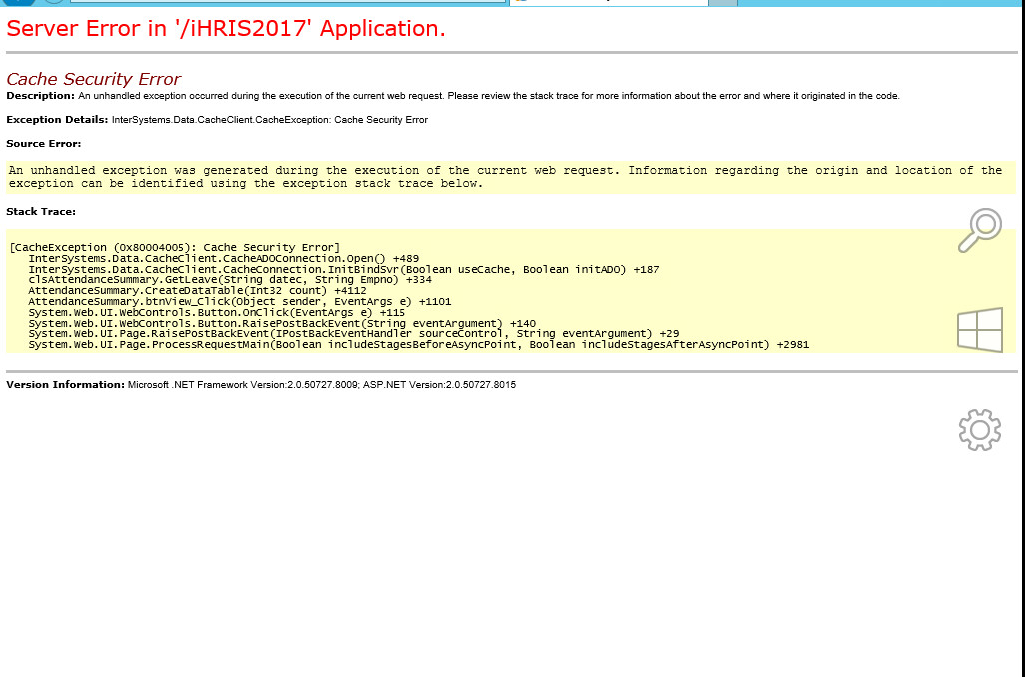I was looking at the OrefToArray^%occRun in the %CSP.ErrorLog page in version 2016. However, we're on version 2014, and that method does not seem to exist yet. I would love a good way to swizzle out the info in the %request, %session, %response objects for the error log for my own error page, in version 2014. I don't want to have to go through and get all the properties manually, but I will if I must. Any other good way already written?
Thanks,
Laura



